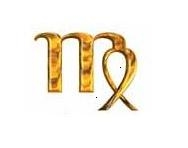Want to save some typing when working on a Microsoft Excel spreadsheet? Microsoft Excel can automatically continue a series of numbers, number/text combinations, dates or time periods based on a pattern you establish. You can begin a sequence in one cell (such as "Monday") and use the auto-fill feature to continue the sequence in other cells (such as "Tuesday," "Wednesday," etc).
- Enter data in a cell
- Next, drag the bottom right corner...to automatically fill other cells with the rest of the sequence
By dragging the fill handle of a cell, you can continue the data series of a cell to other cells in the same row or column eg. Mon, Tue, Wed or Day 1, Day 2, Day 3...and so on.












